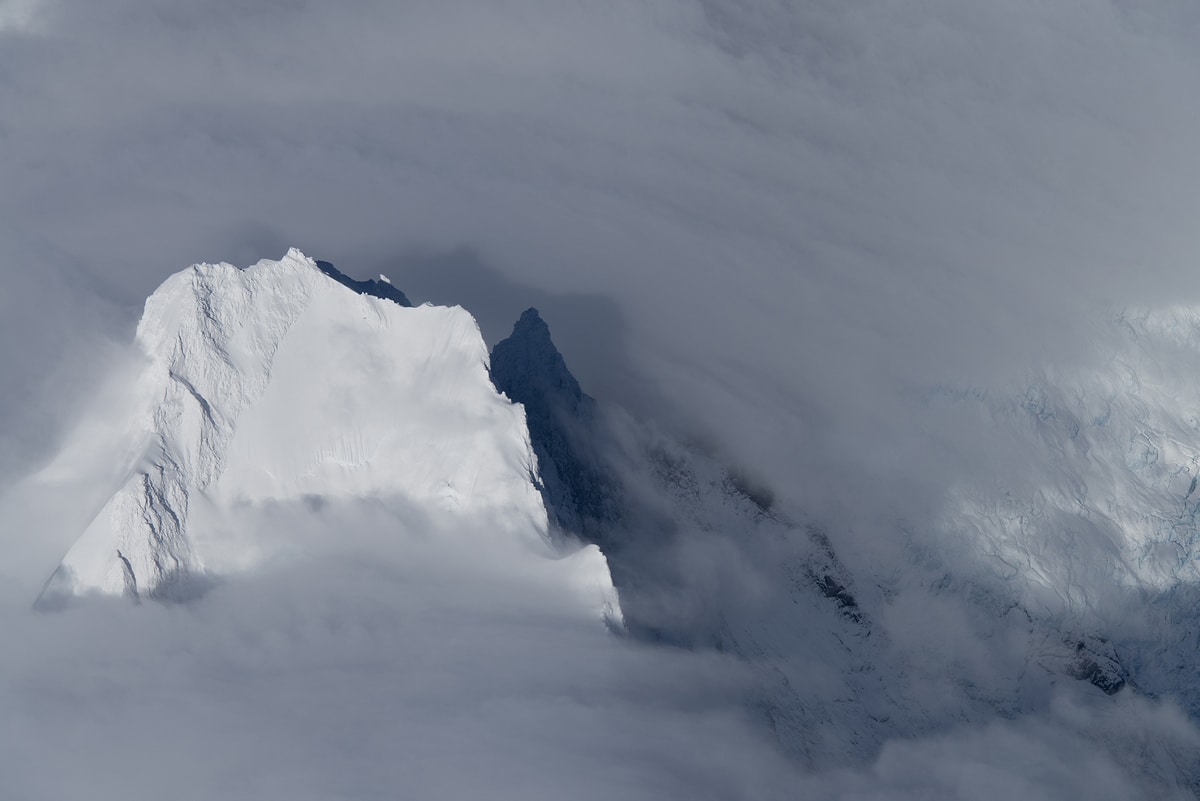 Northern Patagonian Icefield, 2015.
Northern Patagonian Icefield, 2015.
By Zoe Baillargeon
An important aspect of capturing a compelling image in photography is finding a symmetry and geometry in the frame from the surrounding environment, and few Chilean photographers are as adept and skilled at seeing those lines and shapes and using them to their advantage than Pablo Valenzuela.
After graduating with a degree in civil engineering from Chile's Universidad Catolica in the early 1990s, Valenzuela changed course, going into nature and culture photography where he has become well-known for his work specializing in photographing minimalistic, geometric landscapes, where light and scarcity are his tools of choice.
He's regularly featured in photo books and expositions, and has two new photo books about Patagonia set for publishing later this year. His "Inhabiting the Immensity" exposition is currently on display at the Museum of Modern Art in Chiloe. As one of the judges in the 4th Patagonia Photo Contest, we sat down to talk with Valenzuela about his work and what inspires him.
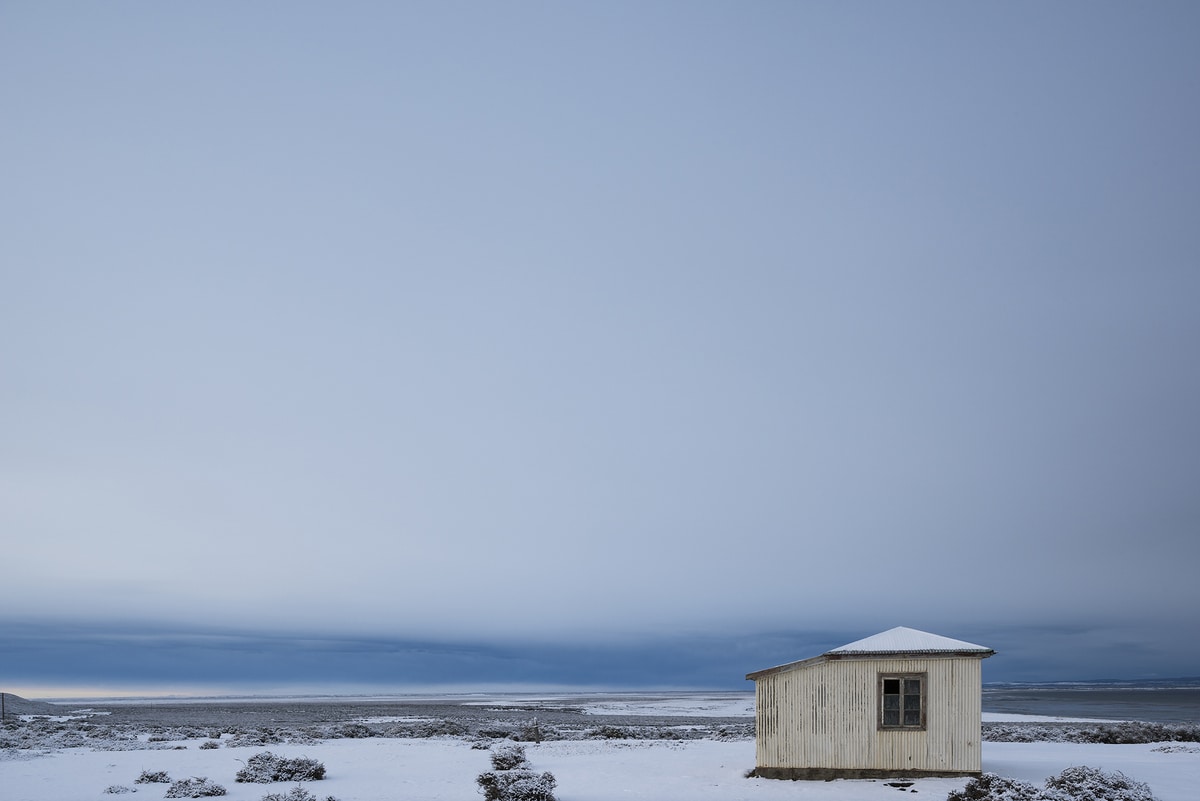 Seno Otway, 2017.
Seno Otway, 2017.What do you think makes a truly great photograph stand out?
For me, a good photo is one that manages to convey something, that moves the viewer. A photo that shows a reality given by the space around it and the moment from a personal perspective. A photo whose look is solely achieved by the photographer, not with the technical effects and edits that do nothing but remove the magic from the moment.
What advice do you have for photographers?
My advice is that in your photographs you need to look for the connection, the communication, and that you should not take photos just because its trendy. Photographers must be disciplined, persevere, and develop a look of their own, not merely copy what others do. Finally, don't abuse technological tools. A good photo is taken at the right time and right place. That is where you should spend all of your energy, all of the passion that you need, and not in the computer.
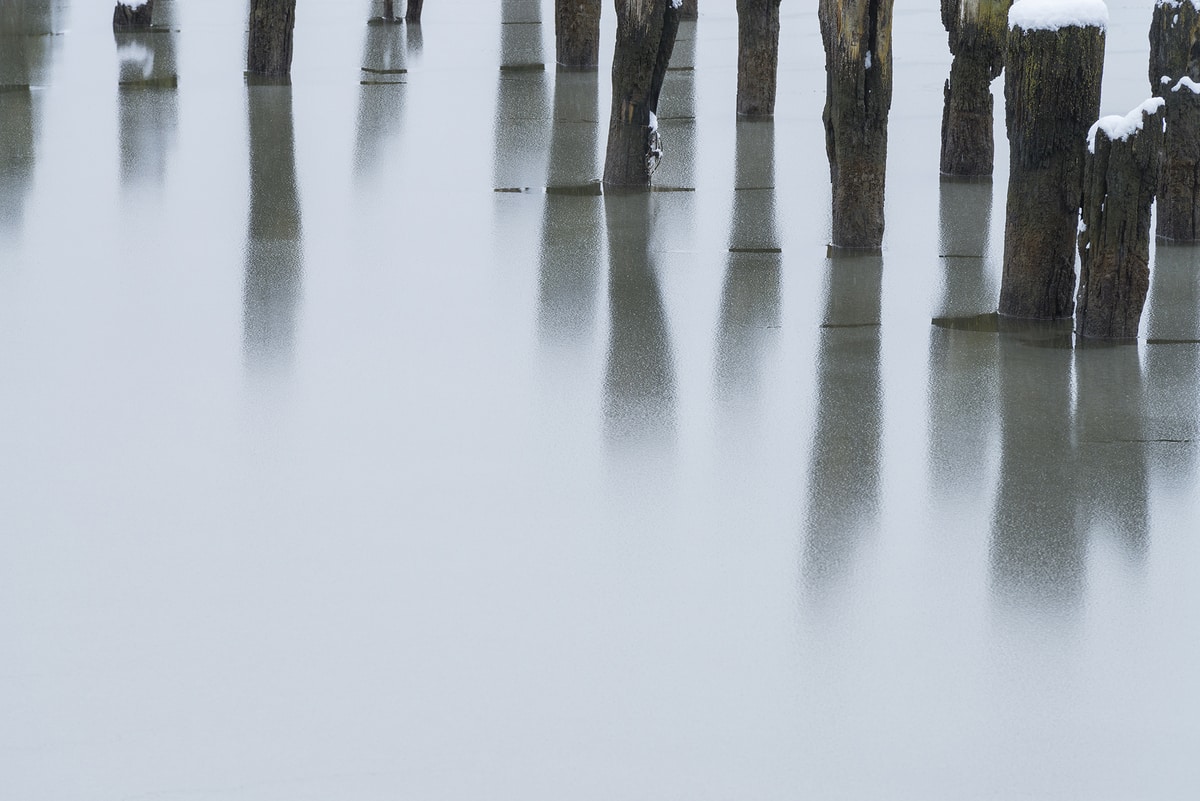 Puerto Natales, 2015
Puerto Natales, 2015
What projects are you working on right now?
For years I have been focused on showing the Chilean landscape from a different perspective. In this way my aesthetic concept of instant geometry was born. While the sense of generating love for what is ours is something I have never abandoned, I have tended toward a look which is less and less literal, with less obvious interpretation.
Along this line of thinking, I am focused on a new book about Patagonia, and two photo series: "Cemetary of Punta Arenas" and "Inhabiting the Immensity." The latter already been exhibited in Santiago, Temuco, and Puerto Varas, and is currently at the Museum of Modern Art in Chiloé. In the near future, I will also be showcasing a series of photographs about the religious festival of Ayquina, which I've attended five times.
You started out getting a degree in civil engineering before switching to photography. How did your experience working with the design and interaction of artificial structures with nature influence you as a photographer?
I would not say that it influenced the type of photographs that I do, but yes, it helped to strengthen the discipline with which I approach my work. Without a doubt, going through university and having studied a career as demanding and difficult as civil engineering, it prepares you, gives you tools and a criterion to face various kinds of problems.
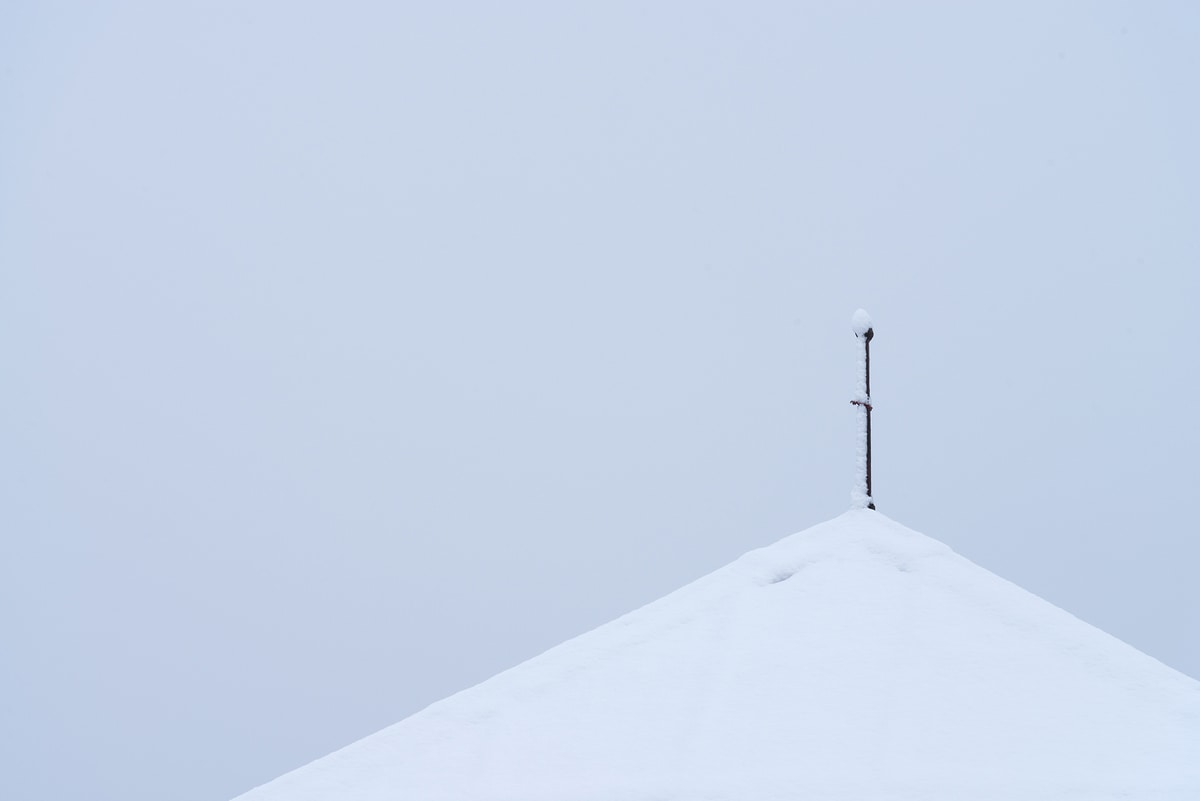 Puerto Natales, 2015
Puerto Natales, 2015You seem to look for striking, unusual images for your photos, focusing on a single part of a mountain, or in details, such as with your "Textures" series. Why is that?
In general my style is to focus on part of the landscape and look for the geometry that I find most attractive. I'm obsessive with that. It’s not in vain have I spent several days - for some years now - in the cemetery of Punta Arenas, in a permanent search of geometric forms, lines, and shadows.
What is your favorite place in Chile to photograph?
That’s a very difficult question, because I’m in love with all of Chile. Although I do recognize a particular photographic preference for landscapes with a linear and clean look, like those that can be found in the north and south, in the altiplano and Patagonia. In a new series that I'm working on at the moment - “To amplify the immensity” - both of those landscapes are great sources of inspiration. If I had to choose a specific place, though, I would choose northern Tierra del Fuego and the the area around Puerto Natales.
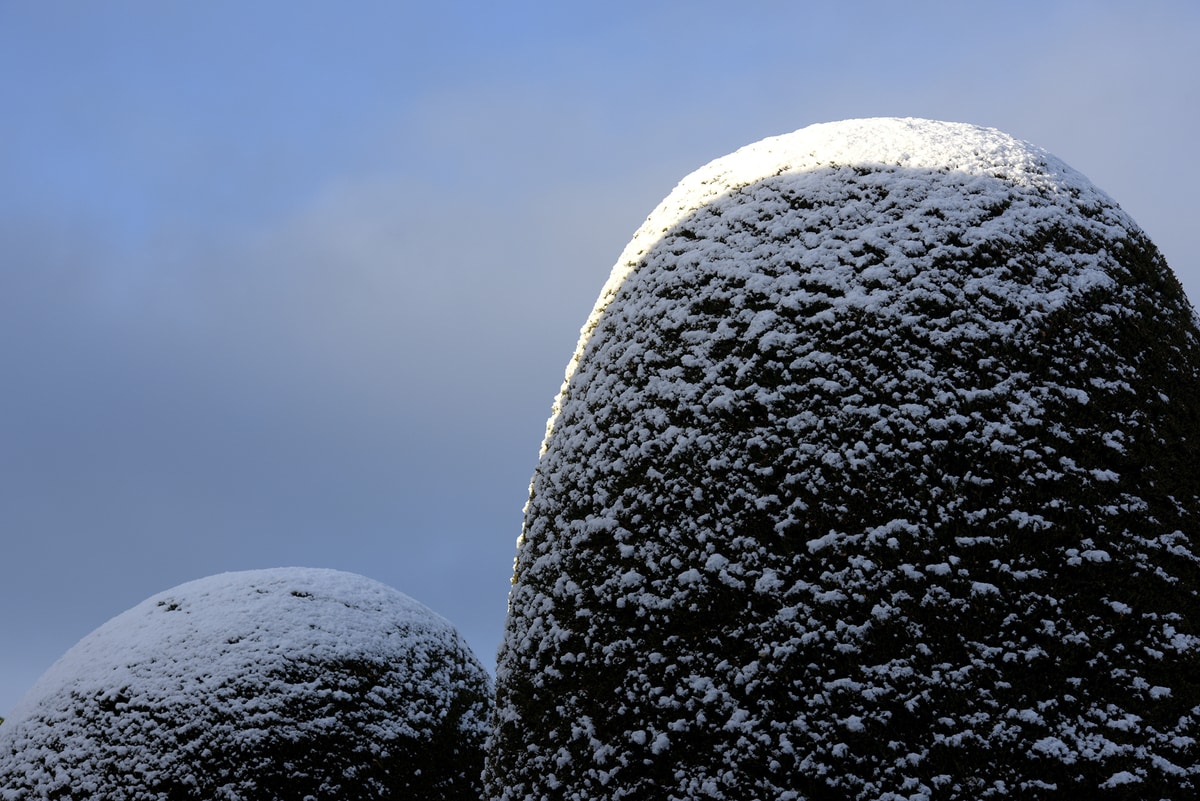 Punta Arenas, 2016
Punta Arenas, 2016You describe a lot of your work as minimalist. How do you achieve that style? What attracts you to photograph "the minimum"?
It’s true that I am attracted to minimalist landscapes, with few figurative and chromatic elements. Although sometimes I incorporate color, but in closed plans. I think what defines me the most is the search for geometry in natural and human landscapes.
For me it is a natural and intuitive process and I find it extremely attractive. I'm not looking for great views or general landscapes. On the contrary, I try to get away from the obvious to get closer to what is abstract. All this I do without ever getting away from the reality given by the space and the moment. No interventions or changes are made during or after the taking of the photograph.
In your opinion, why is Patagonia such a special place to photograph? What inspires you about this region?
Precisely that; Patagonia has that linear and visually clean landscape that attracts me so much. On the other hand, it has such a rapidly changing climate and a powerful sky that is a very important element in the landscape. And finally, it has a very marked diversity; in just a few kilometers the scene changes radically.





.gif)



